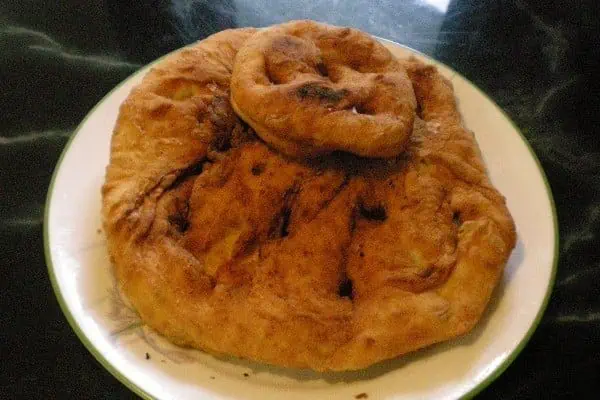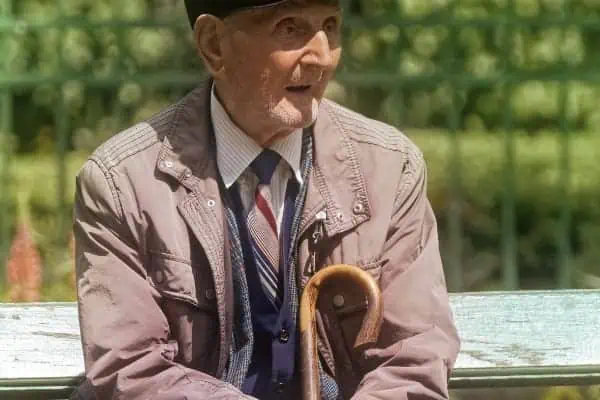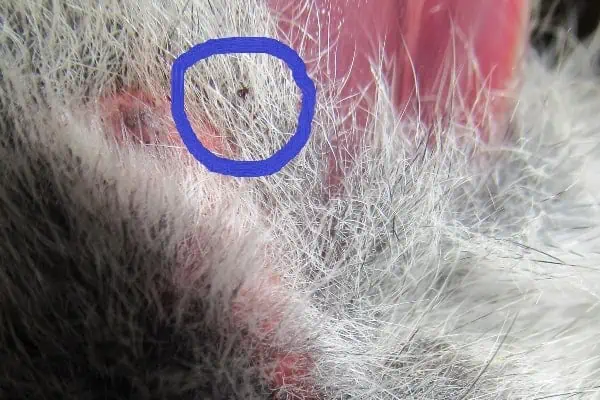The heart-lung area is the place to put your bullet for a quick, clean kill on any big
animal. The lungs supply oxygen, and the heart pumps oxygenated blood, so if you
stop either one or both, the animal dies quickly and a minimal amount of meat will be
destroyed by the bullet.
Occasionally, even a competent shooter hits the animal too far back — into the
stomach, intestines, bladder, or all three. This can be caused by shooter excitement,
a ricochet, a poor sighting-in job, or a sudden movement by the animal.
A hunter who has done a good stalk will not be noticed by the animal and can
patiently wait for the animal to offer a broadside shot into the heart-lung area.
Let’s hypothetically suppose one or more of your shots has hit the animal too far
back. Meat can be easily spoiled by contact with stomach contents, urine, or fecal
material. The energy of the bullet can spread this material throughout some of the
choicest meat.
So what can you do at this point?
Very quickly start the field dressing process to minimize the time the meat is exposed
to the spoilage effect of this material. I suggest opening up the animal and removing
the guts even before skinning. Getting the hide off is really important to help the
meat cool. In this case meat care, not hide removal, is the priority.
Hopefully you are near a river or lake; the large opening from which the guts were
removed should be washed out with buckets of cold Yukon water. If it is a late-season
or winter hunt, scrub out the cavity with fresh snow; the heat of the animal will melt
the snow, and wash away the offensive material.
With any luck the path of the bullet and the debris trail will either be forward or
backward within the animal, in which case the problem may be isolated to the front
or the back. Shots into the rear of an animal that is going away may have this
material throughout its whole length.
After quickly rinsing with fresh clean water, take the affected quarters and other
pieces and put them right into the water; a clean, rocky bottom is best.
A current, if any, will help clean the meat, but current or not, rinse the meat
vigorously using your hands to remove any of the offensive material. The cold water
will also take the heat out of the meat very quickly. I wouldn’t leave the meat in the
water for more than half-an-hour but that should be lots of time to rinse away any
contaminants.
Follow these suggested steps immediately and you will probably have meat as good as
any available meat, but doing nothing will result in spoilage that can spread
throughout all the meat.




